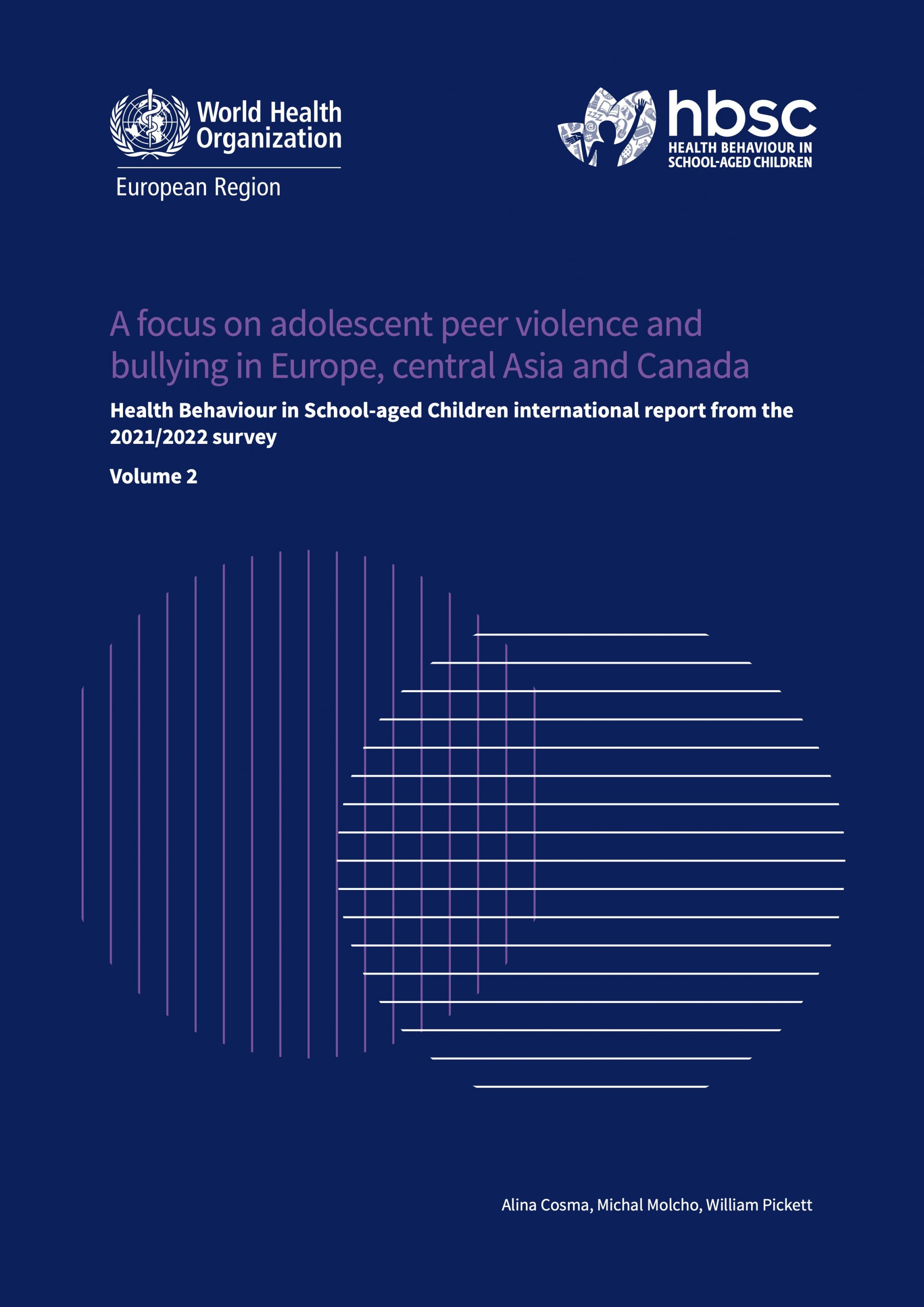The latest report from the Health Behaviour in School-aged Children (HBSC) study, published today by the WHO Regional Office for Europe, reveals critical insights into the prevalence and impact of peer violence and bullying among adolescents. This comprehensive analysis, based on data from 44 countries participating in the 2021/22 HBSC survey, highlights the disturbing frequency of physical fights, bullying, and especially cyberbullying, emphasising the urgent need for targeted interventions and policies.
Understanding peer violence: the first step towards change
The report confirms that bullying remains a widespread problem. On average, 6% of adolescents report bullying others at school (8% of boys, 5% of girls), while approximately 11% experience it themselves. Cyberbullying is a particularly concerning trend, with 12% of young people admitting to perpetrating online harm (14% of boys, 9% of girls) and a distressing 16% being victims. Worryingly, these rates reflect an increase since 2018, with boys who cyberbully others rising from 11% and girls from 7%. The proportion of adolescents experiencing cyberbullying has also risen from 12% to 15% for boys and from 13% to 16% for girls. Physical fighting, though decreasing with age, still involves 10% of adolescents (14% of boys, 6% of girls). These numbers underscore the significant negative impact these behaviours can have on young people’s well-being.
Significantly, the report sheds light on the divergent patterns of peer violence among genders. Boys report higher engagement in physical altercations, as well as in the perpetration of both bullying and cyberbullying. Interestingly, when it comes to experiencing victimisation, rates of bullying and cyberbullying are similar for boys and girls. These complex findings underscore the importance of designing tailored interventions that address the distinct ways aggression manifests among adolescents.
A call to action
These findings emphasise the need for comprehensive, evidence-based strategies to address the root causes of peer violence and bullying. Dr Joanna Inchley, HBSC study International Coordinator, underscores: “The digital world, while offering incredible opportunities for learning and connecting, also amplifies challenges like cyberbullying. This calls for comprehensive strategies to protect our young people’s mental and emotional well-being. It’s crucial for governments, schools, and families to collaborate on addressing online risks, ensuring adolescents have safe and supportive environments to thrive.”
“This report is a wake-up call for all of us to call out bullying and violence, whenever and wherever it happens”, stated Dr Hans Henri P. Kluge, WHO Regional Director for Europe. “With young people spending up to six hours online every single day, even small changes in the rates of bullying and violence can have profound implications for the health and well-being of thousands. We must step up to protect our children from violence and harm, both offline and online.”
Empowering youth and creating safe spaces
The report offers a way forward. By understanding the prevalence and dynamics of peer violence, stakeholders can better equip young people with the skills they need to navigate social environments safely. Schools, communities, and families have a vital role in providing support, promoting healthy online behaviour, and creating safe spaces where adolescents can thrive.
Continuing the mission
The findings of this report serve as a crucial guide for action. They highlight the urgent need for targeted interventions, informed by rigorous data, to address the challenges of peer violence and bullying. By prioritising evidence-based solutions, policymakers, educators, and communities can work together to create environments where all young people feel safe, respected, and empowered.
Read the report (English)
